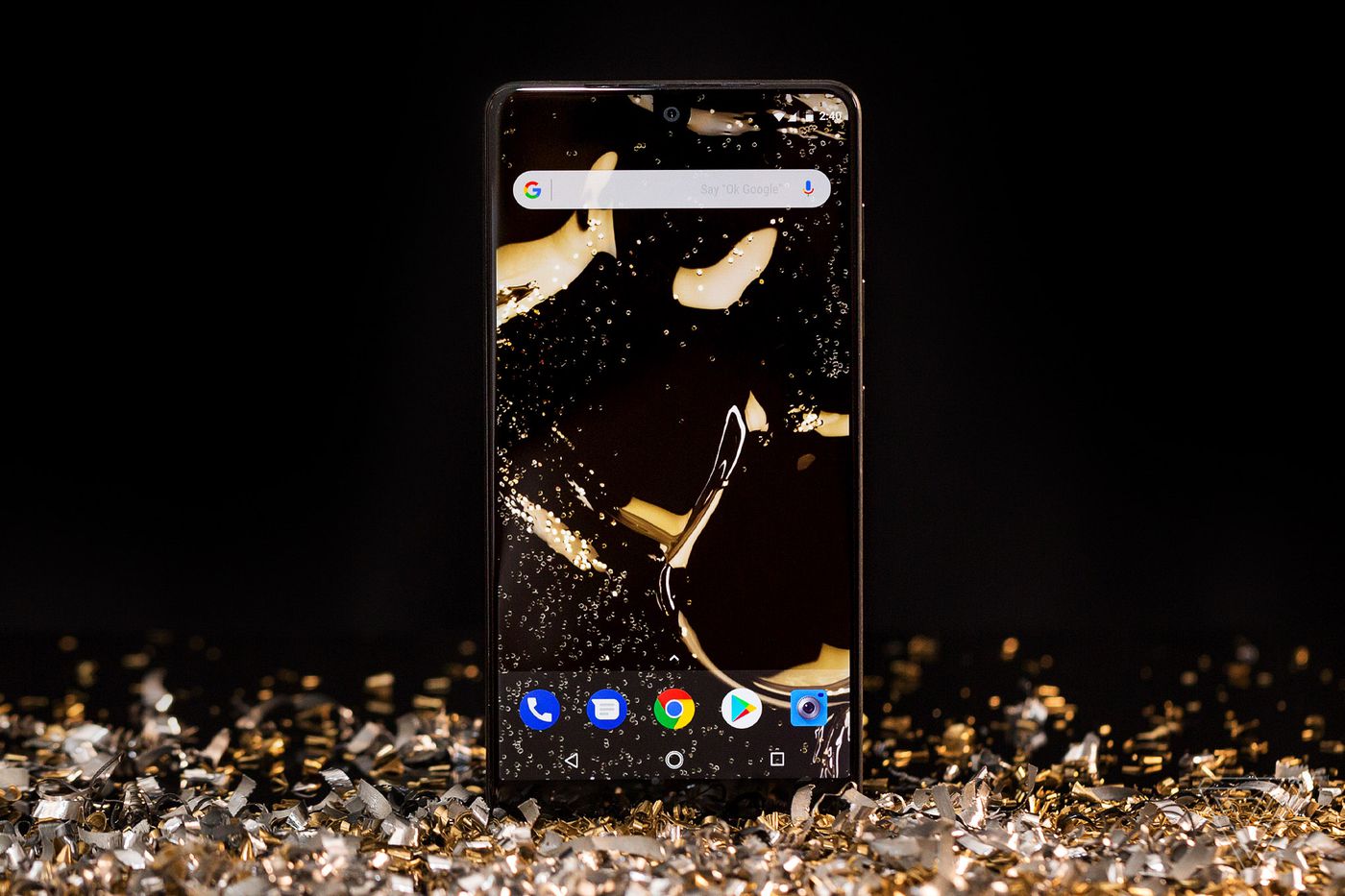A quick check of the trusty ole calendar reveals what many already knew: smartphone season is upon us. As Apple and Samsung put the finishing touches on their annual flagships, this year brings a new challenger from a familiar face.
The Essential Phone from Android co-founder Andy Rubin is due out next week and fortunately for prospective buyers, review embargos lifted on Friday. So, is this the handset that'll inject some spice back into an industry that's become incredibly bland in recent years or is it just another Android clone?
Here's what some early reviewers think.
Chris Velazco from Engadget dives right in with his thoughts on the phone's physical design (and lack of camera bump):
Beyond the screen, the PH-1 is a dense slab of a smartphone. And I mean it when I say "slab" – not only is it reassuringly weighty, but it lies totally flat on a table no matter which side is facing up. This was a very deliberate design choice, and after years of using phones that curve at least somewhat to fit my hand, it took a little getting used to. The company also assured me that the phone's boxy ceramic-and-titanium build can take a lot of punishment, and it feels almost impeccably sturdy, but who could blame me for being concerned? Xiaomi's Mi Mix was also made of ceramic, but that didn't mean its screen was impervious to damage.
Oh, I should also point out that the glossy black model I received picked up fingerprints faster than almost any other phone I've tested recently. If I didn't know better, I'd think the PH-1 was sucking my greasy fingerprints off from across the room.
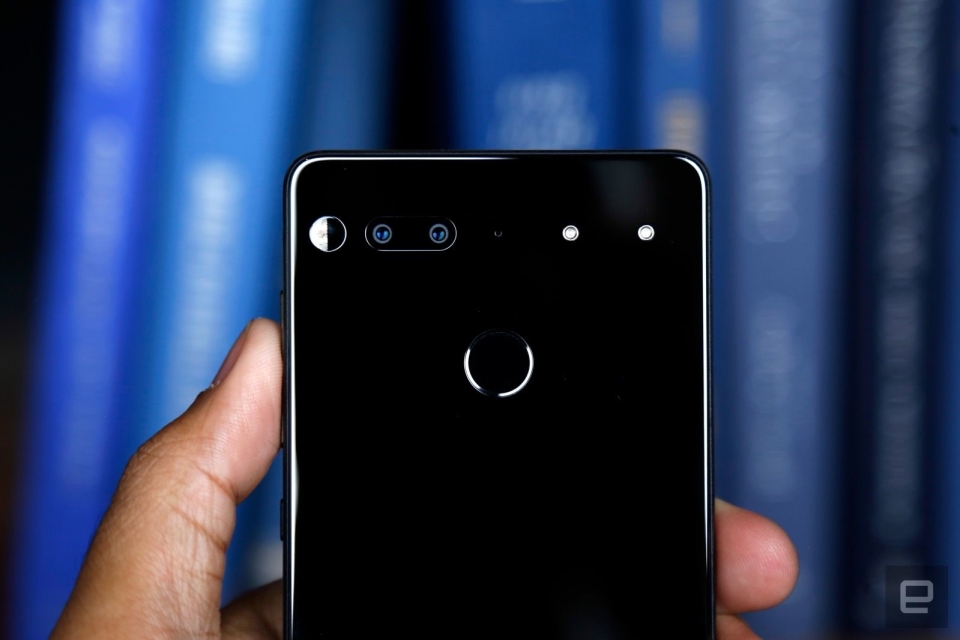
Battery life and the lack of a 3.5-mm headphone jack are among the topics discussed by Greg Kumparak at TechCrunch:
The battery life seems great so far. Two days is a short sample, but I found myself pleasantly surprised by how much battery was still left on the device on multiple occasions. That's a good sign.
And, because I just can't not mention it: this phone has no 3.5mm jack. I don't like that. I don't like it on the iPhone, I don't like it on the rumored Pixel 2, and I don't like it here. I have half a dozen Bluetooth headsets around my house, and I still mourn the death of 3.5mm. It comes with an adapter, but I've been anti-adapter for nearly a decade now.
Dieter Bohn from The Verge touches on the Essential Phone's display:
The screen itself is LCD instead of OLED, which means the Essential Phone won't really work well with VR headsets. (It doesn't work with Google Daydream, for example.) The engineers at Essential tell me that finding a supplier who could do the cutout when development started 18 months ago limited their options. Because something has to drive the backlight under the screen, going with LCD also means there needs to still be a small "chin" bezel on the bottom of the phone.
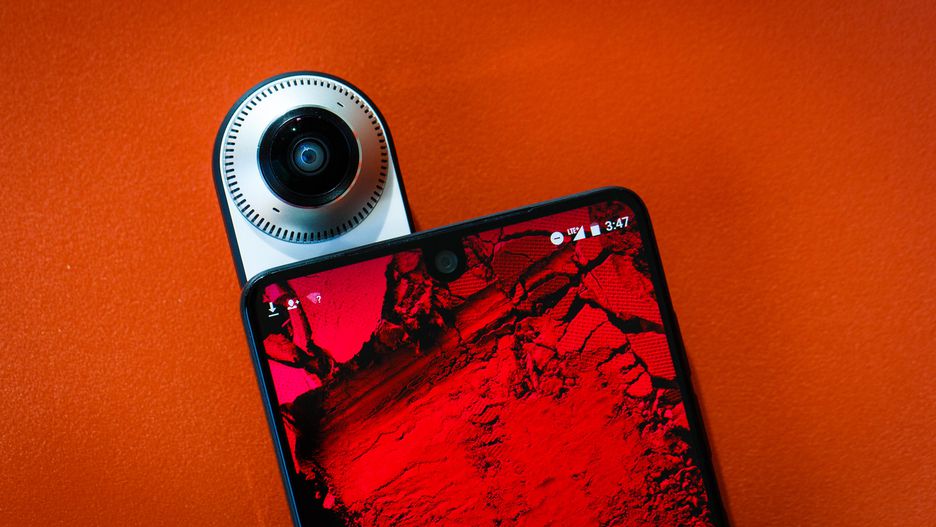
Specs are top-notch, as Gizmodo highlights:
The phone features pretty standard specs for a modern Android flagship, including a Snapdragon 835 CPU, 4GB of RAM, and a USB-C port for charging and data transfer. One nice thing about the Essential Phone is that you get 128GB of onboard storage standard, which is double what you get on a base Galaxy S8 or LG G6. However, since the phone doesn't have a microSD card slot, you won't have the option of tacking on more storage later.
CNET's Jessica Dolcourt discusses the phone's modular platform:
Rubin's team thinks that the Essential Phone's modular accessories will appeal to Android enthusiasts who want to customize a high-end Android with swappable add-ons that physically attach to the phone. Although there's only one accessory so far, a 360-degree camera, Rubin and his team envision an ecosystem that includes a bunch of accessories and powerful software to support them.
What makes this experiment so risky is that it's the industry's fourth recent attempt to go modular, and the concept hasn't caught on. Google and LG tried out modular phones and failed. Motorola is still hanging in there, but Essential's two magnetic pins on the back form a novel approach that, unlike Moto's Z phones, don't take up the entire back of the phone's body. So that paves the way for more flexible shapes and uses.
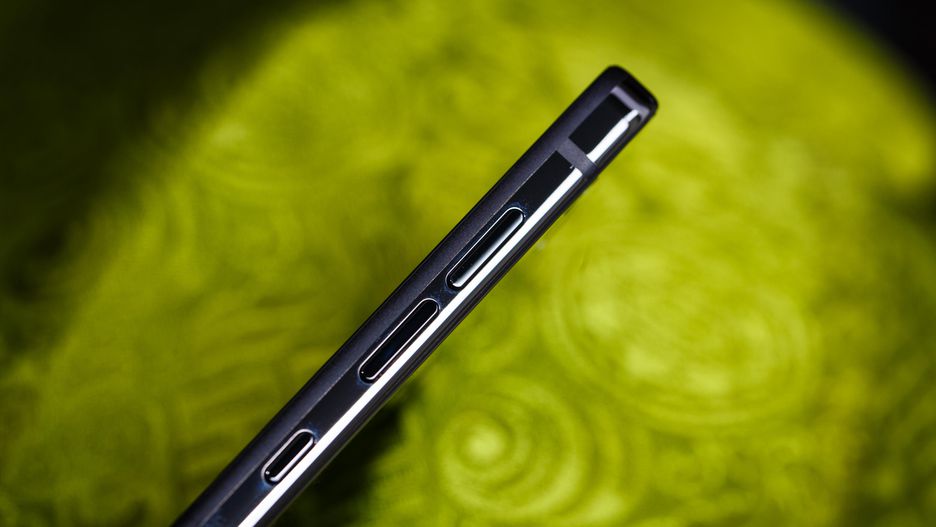
The phone's physical button layout may take some time to get used to as Mashable writer Karissa Bell notes:
There are only three buttons on the phone: two volume rockers and a power switch, which for some reason, is awkwardly-placed below the volume buttons about midway down the right edge of the phone. This wouldn't have been as big of an issue if Essential had added a little texture to the power switch, like OnePlus did with its notification switch, to help distinguish between the two. Instead, though, I constantly pushed the volume rockers when I meant to hit the power switch.
Stock Android is a good thing but still, carrier bloatware persists according to Blair Hanley Frank from Venture Beat:
The PH-1's software doesn't provide much in the way of surprises, which is a good thing. The Essential team made the smart decision to use stock Android Nougat (version 7.1.1 in the device I tested), rather than trying to add its own wrapper around the operating system. The software user experience felt clean, though the phone was weirdly unresponsive in certain scenarios, like trying to scroll a long YouTube video.
As someone who isn't an experienced Android user, it's hard to pick out which bugs were caused by issues with the PH-1's hardware and which were related to things outside of the team's control.
While Essential has promoted this as a phone without branding, that's not quite accurate. After slotting a Sprint SIM the company provided into the PH-1 and not restoring the phone from a backup, it installed Tidal and My Sprint without informing me. Deleting the apps was easy enough, but they appear to be inescapable when first setting up a new phone.
Edward C. Baig from USA Today on the Essential Phone's camera and its somewhat laggy shutter (a complaint voiced by others but possibly fixable via firmware update):
I shot several pictures with the dual rear 13MP cameras, which includes a camera sensor designed especially for black and white images. Many of the pictures I took were of excellent quality including some of the black and whites, but I wasn't blown away in general. Moreover, there was a momentary lag between the time I tapped the shutter and the time in which the photos surfaced on the device.
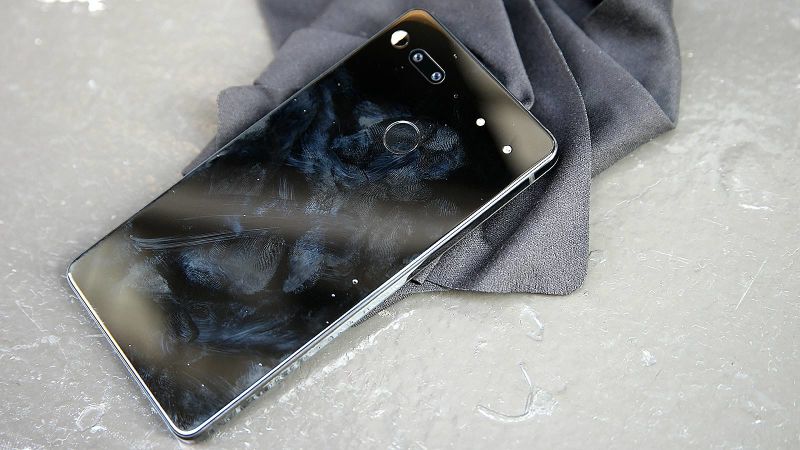
The general consensus here is that, while this is a nice smartphone with some forward-looking features and design elements (bravo for ditching the camera bump!), it's not quite "essential" as its name suggests and could stand a firmware update or two to iron out a handful of small quirks.
